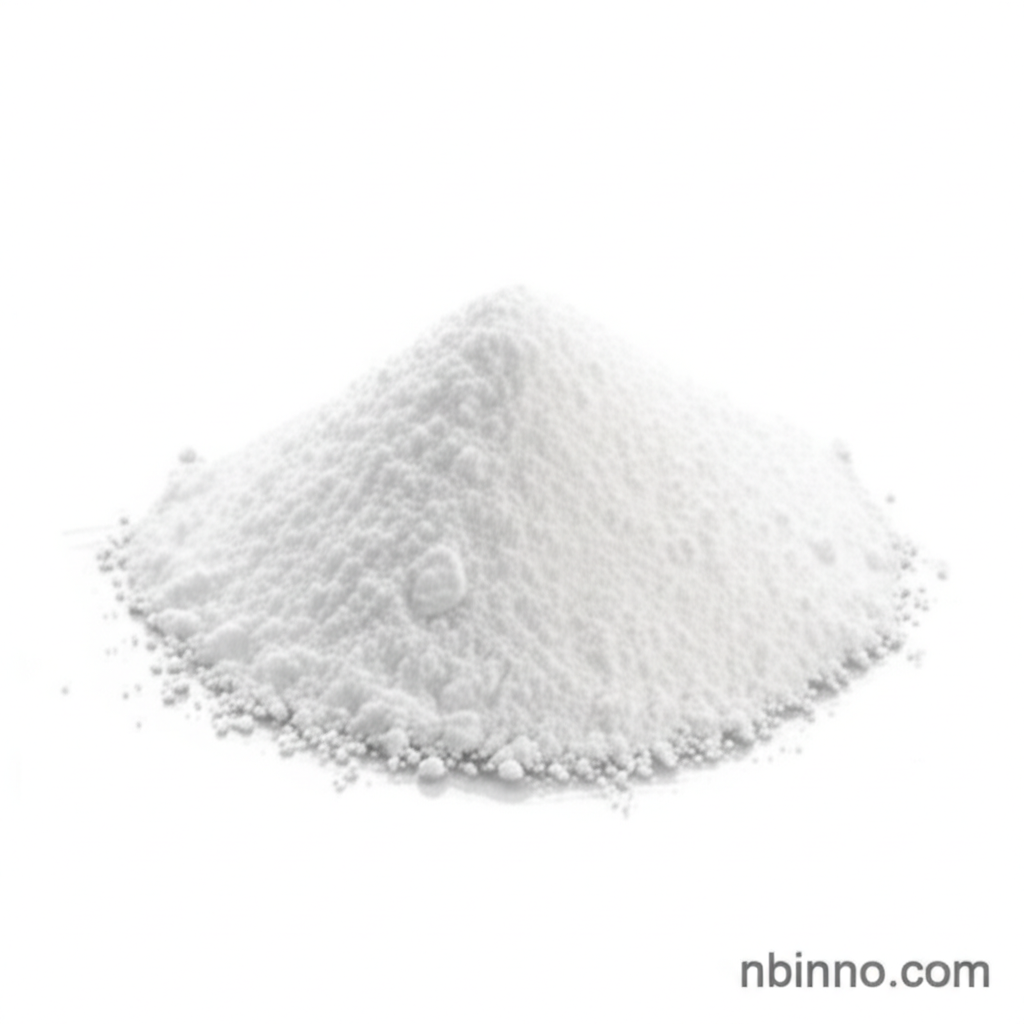N-Acetyl-L-Valine (CAS: 96-81-1): A Key Amino Acid Derivative for Advanced Synthesis
Discover the versatile applications and precise synthesis of N-Acetyl-L-Valine, a crucial intermediate in modern chemistry.
Get a Quote & SampleProduct Core Value

N-Acetyl-L-Valine
N-Acetyl-L-Valine is a high-quality chemical intermediate, primarily recognized for its role as an N-protected valine amino acid ligand. Its specific structure and properties make it invaluable in various sophisticated chemical reactions, enhancing selectivity and efficiency. We ensure rigorous quality control to meet the demands of advanced synthesis.
- Leverage the unique properties of N-Acetyl-L-Valine for your complex chemical synthesis projects.
- Explore its utility as a ligand for the meta-selective tert-alkylation reaction, a critical step in many synthetic pathways.
- Discover how this N-protected valine ligand participates effectively in the 2,6-diolefination reaction of phenylacetic acids.
- Benefit from our high-purity N-Acetyl-L-Valine, essential for reliable and reproducible research and industrial applications.
Key Advantages
Enhanced Selectivity
Utilize N-Acetyl-L-Valine's chiral nature to achieve superior selectivity in your chemical transformations, a significant advantage for producing pure enantiomers.
Versatile Reactivity
Its functionality as a ligand for the meta-selective tert-alkylation reaction allows for precise control over reaction outcomes, simplifying complex molecular constructions.
Reliable Synthesis Intermediate
The well-documented synthesis process ensures a consistent supply of high-quality N-Acetyl-L-Valine, vital for the smooth progression of your research and production.
Key Applications
Organic Synthesis Ligand
N-Acetyl-L-Valine serves as an indispensable ligand in various organic synthesis methodologies, particularly in asymmetric catalysis.
Meta-Selective Tert-Alkylation
This compound is crucial for enabling meta-selective tert-alkylation reactions, a challenging yet important transformation in organic chemistry.
Phenylacetic Acid Reactions
It plays a role in facilitating the 2,6-diolefination of phenylacetic acids, contributing to the synthesis of specialized organic molecules.
Pharmaceutical Intermediates
As a key building block, it is widely employed in the synthesis of pharmaceutical compounds and fine chemicals, supporting drug development.
